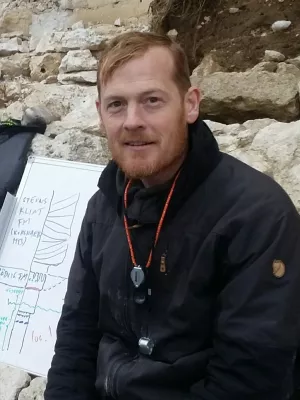
Mikael Calner
Professor

Asynchronous δ13Ccarb and δ13Corg records during the onset of the Mulde (Silurian) positive carbon isotope excursion from the Altajme core, Gotland, Sweden
Author
Summary, in English
High-resolution paired analyses of δ13Ccarb and δ13Corg from a new drill core from Gotland, Sweden, demonstrate asynchronous positive change in the carbon isotope records during the onset of one of the major Silurian biogeochemical events known as the Mulde Event or “Big Crisis”. The detailed carbon isotope record presented here provides Δ13C (the difference between δ13Ccarb and δ13Corg) and allows the calculation of changes in organic carbon burial (forg) throughout the late Wenlock. The paired data suggest a ~ 38% increase in forg during the peak of the positive δ13Ccarb excursion and the high-resolution record reveals several short-lived inflections in Δ13C that have not been previously identified. When combined with sedimentological and sequence stratigraphic data from multiple paleocontinents, the new data presented here provide strong evidence for a transient global decrease in CO2, in support of previous interpretations of regression and global cooling coinciding with the Mulde Extinction Event.
Department/s
- Lithosphere and Biosphere Science
Publishing year
2021-08-20
Language
English
Publication/Series
Chemical Geology
Volume
576
Document type
Journal article
Publisher
Elsevier
Topic
- Geology
Status
Published
ISBN/ISSN/Other
- ISSN: 0009-2541

